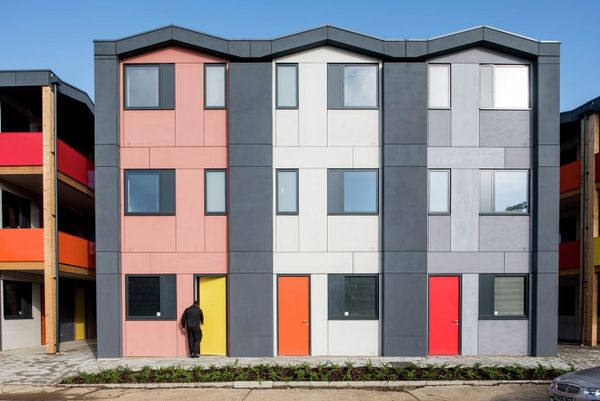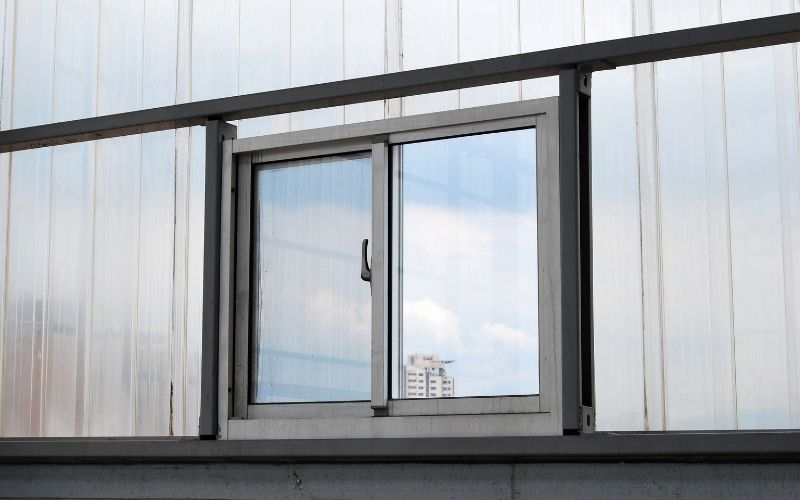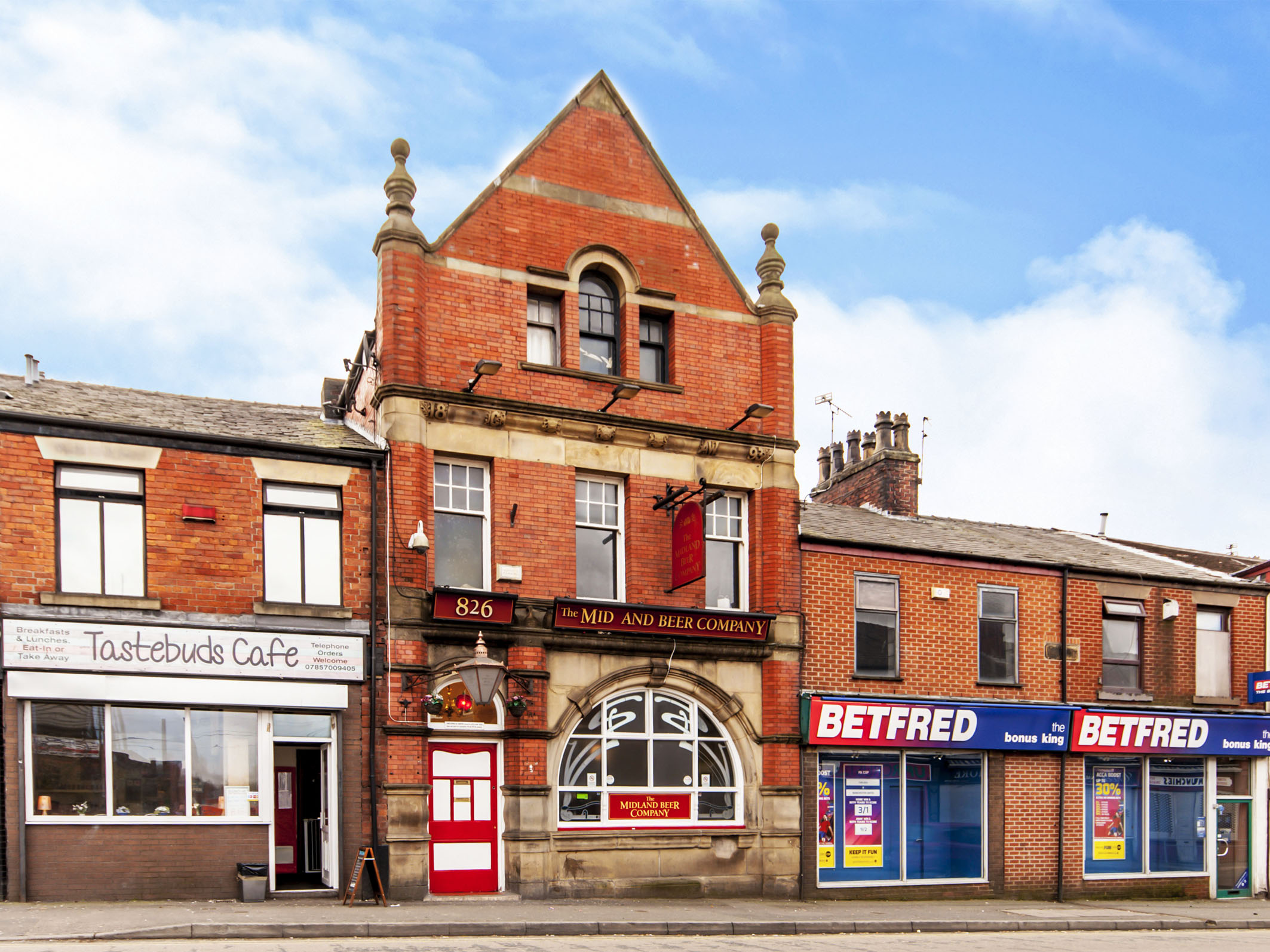Last Updated on: 22nd November 2023, 01:38 pm
There is a new housing trend for properties designed not only to save space but be energy efficient.
Britain already has the accolade for building the smallest homes in Europe but sometimes at the expense of quality and comfortable living standards. The growth of smaller properties in the UK’s largest cities where space is at a premium is hardly surprising. However, the global housing trend for designing new micro apartments is about more than just saving space. The smaller homes should now be energy efficient and affordable, even in the most expensive cities.
Across the pond in cities like New York and San Francisco, developers are building entire complexes for micro flats and apartments. What incentives are there for developers and landlords wanting to invest in these properties? If their modern efficiency can help the capital’s housing crisis then there should be benefits and encouragement for building and living in these properties.
LEEDing by Example
There are some interesting similarities between London and San Francisco, which has a major housing crisis. There’s not enough space to hold the growing population and as a result, rent prices have reached the highest in the nation. Inspired by Japan’s micro-dwelling designs, small property projects are being constructed across San Francisco. The designs are LEED certified (Leadership in Energy and Environmental Design), which is now the most widely used green building rating system in the world.
Interest in LEED in the UK is growing but BREEAM (Building Research Establishment Environmental Assessment Method) has been the principal environmental assessment of UK buildings for nearly 30 years. The process of certification is the main difference between both methods. BREEAM has trained assessors who assess evidence and report it to BRE, who validate the assessment and issue the certificate. Both schemes drive the market to improve building design.
Micro Means More Than Living Little
Although the living space for a micro apartment is usually between 16 and 36 square metres, energy efficient micro flats are designed to feel bigger and more open than their actual size. They typically have a community feel with high-end amenities including gyms, recreation areas, spas and bike storage.
Architects have managed to convince some politicians that smaller properties are the way to go. London Mayor Sadiq Khan has loaned £25 million to developer Pocket Living to build over 1,000 affordable small homes by 2021 (to be paid back by 2030). U+i, another developer based in London, wants to persuade local authorities to let it build “compact-living flats” on council-owned brownfield land. Each block would contain about 200 micro flats, with rooftop gardens and workspaces.
The Affordability Factor
What are the incentives for people wanting to invest in a space-saving property? Pocket Living says its homes can be kept at 20% below real market value because it negotiates cheaper land deals with councils and uses cost-efficient factory production.
A clause in the lease requires owners to pass the 20% discount on when they sell the property, which can be problematic when going up the property ladder. In a city that’s seen rents rise by 45% in the last decade, it’s crucial to ensure ongoing affordability. If planners and politicians help the micro home developers, it seems only reasonable that there are price ceilings to keep homes genuinely affordable. If they are cost-effective then these schemes should allow more first-time buyers to get on the property ladder.






